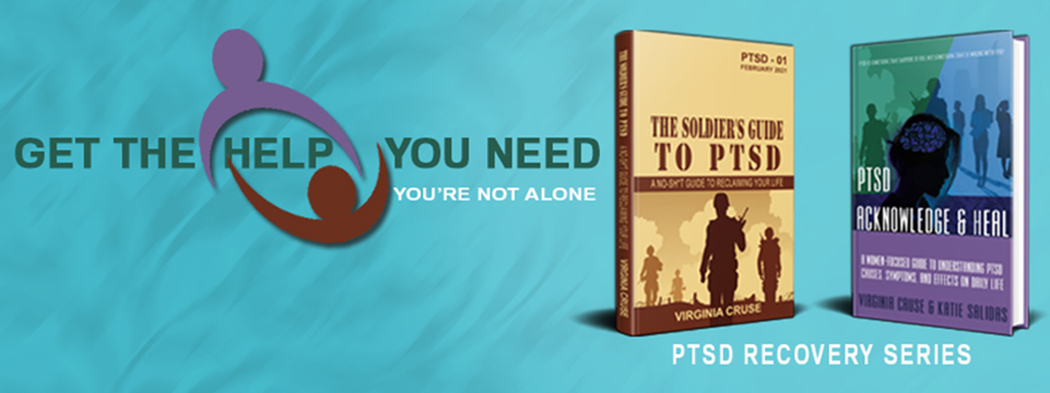We're covering the different ways to hear from PTSD, and this week we are covering Eye-Movement Desensitization and Reprocessing (EMDR).
This description is courtesy of the good folks at the EMDR Institute, found online at www.emdr.com, and the data are clear: EMDR works, and it works well.
EMDR is an eight-phase treatment. Eye movements are used during one part of the session. Once the therapist has determined which memory to target first, they’ll ask us to hold different aspects of the traumatic event in mind and to use our eyes to track the therapist’s hand as it moves back and forth across our field of vision. As this happens, we begin to process the traumatic memory.
According to the Cleveland Clinic: "When you undergo EMDR, you access memories of a trauma event in very specific ways. Combined with eye movements and guided instructions, accessing those memories helps you reprocess what you remember from the negative event. That reprocessing helps repair the mental injury from that memory. Remembering what happened to you will no longer feel like reliving it, and the related feelings will be much more manageable." The Cleveland Clinic has a wonderful walk-through of the different phases of EMDR here: https://tinyurl.com/pkb3afwu
There are many evidence-based treatments for PTSD and researchers are learning more every year. In this series, we've covered Cognitive Processing Therapy, Prolonged Exposure, and EMDR because these are the three treatment recognized by the U.S. Department of Veterans Affairs; this means that they are widely available and we can ask for them by name.
Don’t stress out about which evidence-based treatment to choose; if we try one and it doesn’t work, we have two more to fall back on. If we try all three and they don’t work, we may have treatment-resistant PTSD and have to work with our treatment professional on another course of action.
You can learn more at https://cptforptsd.com/ and reach out on the Facebook page to ask questions and share your thoughts!
*****
“If you believe change is possible, you want to change, and you are willing to do the work, you absolutely CAN get your life back.”
Get your copy of The Soldier's Guide to PTSD, The Soldier's Workbook,
or Acknowledge & Heal, A Women's-Focused Guide to PTSD



No comments:
Post a Comment